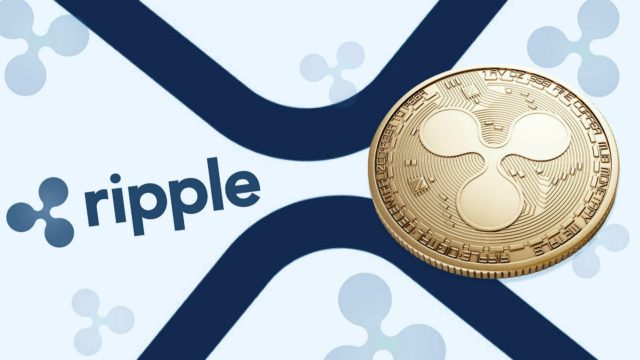Ripple, a leading provider of blockchain-based payment solutions, is at the forefront of this transformation. In this article, we will explore the importance of interoperability for Ripple’s vision of a global payment network and examine the importance of interoperability for Ripple’s vision. If you are searching for a trading platform, don’t hesitate to Create Your Account Now and unlock the benefits of seamless trading and investment opportunities.
Ripple’s Interoperability Solutions
Ripple is known for its innovative approach to payments, and its solutions are designed to address some of the biggest challenges facing the industry. One of the key ways that Ripple is tackling the issue of interoperability is through its use of the Interledger Protocol (ILP).
ILP is an open-source protocol that enables payments to be sent across different ledgers and networks. By using ILP, Ripple is able to create a seamless connection between different payment systems, regardless of their underlying technology. This allows for faster, more efficient, and more cost-effective cross-border payments, without the need for intermediaries.
Another important aspect of Ripple’s interoperability solutions is its suite of products and services. Ripple offers a range of tools that are designed to work together to enable frictionless payments, including the RippleNet network, On-Demand Liquidity (ODL), and the XRP cryptocurrency.
RippleNet is a global network of financial institutions that use Ripple’s technology to facilitate cross-border payments. By connecting to RippleNet, financial institutions can gain access to a network of other institutions and payment providers, enabling them to send and receive payments in different currencies and across borders.
ODL is a service that uses XRP to provide instant liquidity for cross-border payments. By leveraging the speed and efficiency of XRP, ODL enables payments to be settled in seconds, rather than days, reducing the cost and risk associated with cross-border transactions.
Finally, Ripple’s use of the XRP cryptocurrency is also an important part of its interoperability strategy. XRP can be used as a bridge currency between different currencies, enabling payments to be sent across different payment systems without the need for traditional intermediaries.
Overall, Ripple’s interoperability solutions are designed to create a more seamless and efficient global payment network. By leveraging innovative technologies like ILP and XRP, Ripple is helping to break down the barriers that have traditionally hindered cross-border payments, making it easier and more cost-effective to move money around the world.
The Importance of Interoperability for Ripple’s Vision
Interoperability is critical to Ripple’s vision of creating a global payment network that is fast, secure, and cost-effective. At its core, Ripple believes that payments should be as easy as sending an email, regardless of where the sender and receiver are located, or what currencies they are using. Achieving this goal requires breaking down the barriers that currently exist in the payments landscape, and interoperability is a key part of that solution.
One of the main benefits of interoperability is that it enables different payment systems to connect and communicate with each other. In the absence of interoperability, payment systems operate in silos, which can create inefficiencies, redundancies, and costs. Interoperability helps to eliminate these issues by enabling different payment systems to work together seamlessly, improving efficiency and reducing costs.
Another key benefit of interoperability is that it can help to overcome barriers to adoption. Currently, many people and businesses are hesitant to adopt new payment technologies because they are unsure whether they will be compatible with the systems they are already using. By enabling interoperability between different payment systems, Ripple is helping to reduce this uncertainty and create a more welcoming environment for new payment technologies.
In addition to these benefits, interoperability can also help to facilitate the flow of capital around the world. In today’s global economy, capital moves across borders every day, but the process of moving money from one country to another can be slow, expensive, and fraught with risk. By creating a more interconnected payment network, Ripple is helping to reduce the barriers to cross-border capital flows, which can have a positive impact on trade, investment, and economic growth.
Furthermore, interoperability can also have a positive impact on financial inclusion. In many parts of the world, people do not have access to basic financial services, such as bank accounts or credit cards. By creating a more interoperable payment network, Ripple is helping to create more opportunities for people to participate in the global economy, reducing financial exclusion and bringing more people into the formal financial system.
Conclusion
In conclusion, Ripple’s emphasis on interoperability is crucial to achieving its vision of a global payment network. With its innovative solutions and technologies, Ripple is leading the way in breaking down barriers and creating a more connected and efficient payment landscape. The future of payments is bright, and Ripple is helping to pave the way forward.








